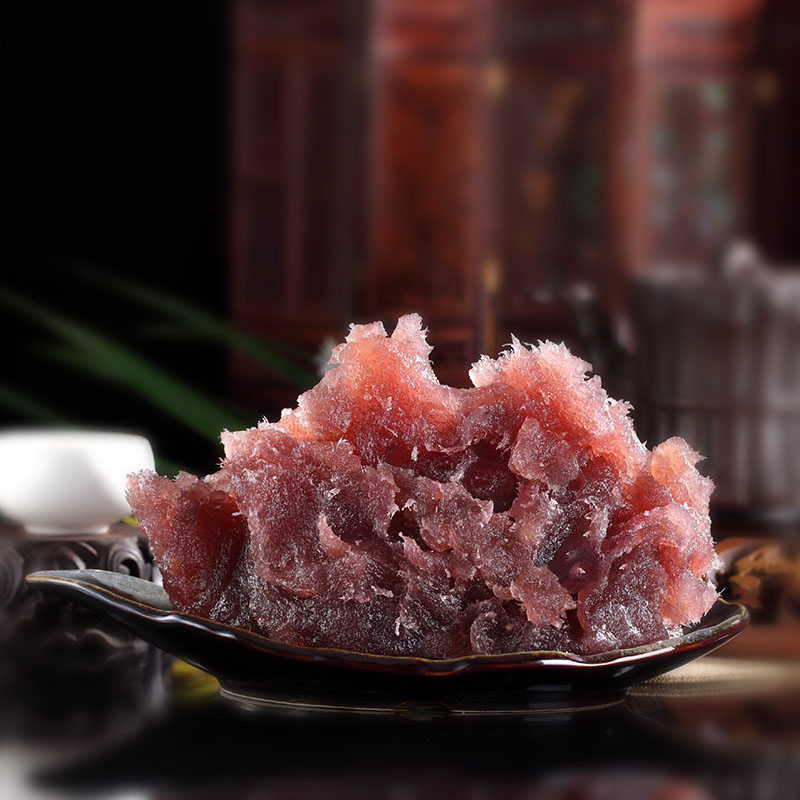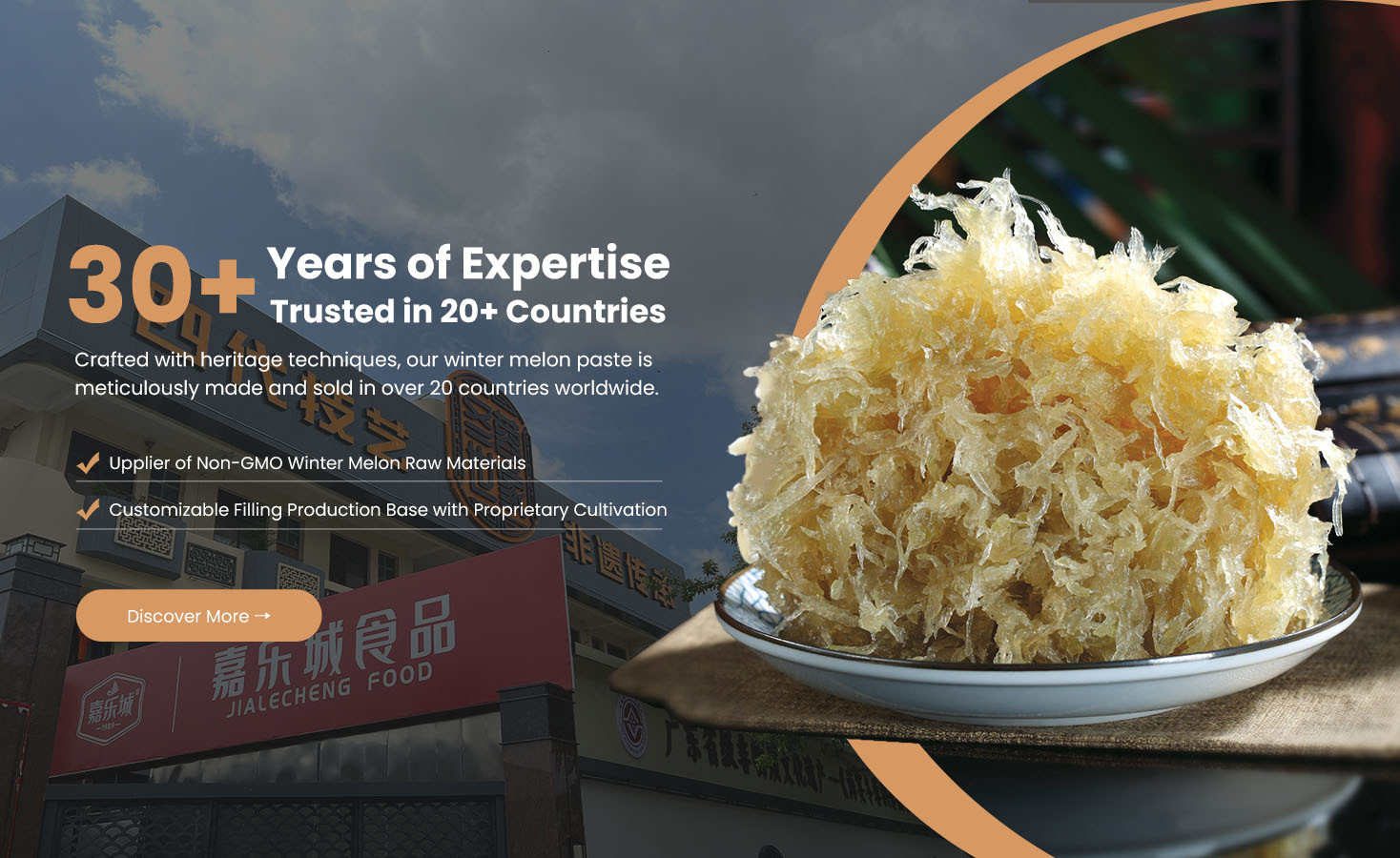The Difference Between Winter Melon Paste And Other Pastry Fillings: Exploring Unique Flavor
In pastry making, the choice of fillings directly affects the taste and flavor. As one of the important fillings of traditional Chinese pastries, winter melon paste is loved for its fresh and unique flavor. However, how is it different from other common fillings such as red bean paste and lotus paste? This article will take you to understand the difference between winter melon paste and other pastry fillings from four aspects: raw materials, taste, flavor and use, and highlight its unique charm.
Differences in raw materials and production processes
The main raw material of winter melon paste is winter melon, which is made by peeling, deseeding, steaming, mashing, and adding sugar to retain the natural fragrance of winter melon. Sometimes osmanthus or tangerine peel is added to enhance the aroma. Red bean paste is mainly made of red beans, which needs to be boiled for a long time and a lot of sugar is added. Oil is often used in the production process to increase the lubrication. Lotus paste is made from lotus seeds, which are shelled and cored and boiled. Lard or vegetable oil is often added to enhance the dense taste. In contrast, the production of winter melon paste focuses more on low sugar and refreshing flavor, and has relatively low calories, which is suitable for users who pursue a healthy diet.

Comparison of taste and flavor
Winter melon paste has a delicate and smooth taste, with the unique sweetness of winter melon, and a refreshing aftertaste after entering the mouth, which is not easy to get greasy. Red bean paste is thicker, has a sandy taste, a higher sweetness, and has the bean fragrance of red beans, which is suitable for people who like rich flavors. Lotus paste has the densest taste, moderate sweetness, with the fragrance of lotus seeds and a light oily feeling, and is smoother overall. Compared with the three, winter melon paste is lighter in taste and fresher in flavor. It is suitable for pairing with puff pastry, bringing a layered taste experience.
Diversity of use
In terms of use, winter melon paste is also significantly different from other fillings. Winter melon paste is often used in traditional Chinese pastries (such as wife cakes and puff pastries). Its refreshing flavor can balance the greasy feeling of puff pastry. It is also suitable for modern desserts, such as bread or egg tart fillings. Red bean paste is mostly used in Chinese desserts, and its rich taste is suitable as the main ingredient alone. Lotus paste is commonly found in high-end mooncakes or cakes, emphasizing delicacy and luxury. The versatility of winter melon paste allows it to play a role in both Chinese and Western desserts, and it is more adaptable.
Uniqueness of culture and flavor
From a cultural perspective, winter melon paste carries the food tradition of the southern region, especially in Guangdong, Fujian and other places, and is often used in festive cakes, symbolizing coolness and reunion. Red bean paste and lotus paste are more representative of the whole country, and are commonly found in festive foods such as Mid-Autumn mooncakes. In terms of flavor, the freshness of winter melon paste makes it stand out among many fillings, especially suitable for consumers in summer or those who pursue light tastes, and has become a "clear stream" in pastry fillings.
Compared with other pastry fillings, winter melon paste has its own advantages in raw materials, taste and flavor. Its refreshing taste, low sugar characteristics and diverse uses make it a unique choice among pastry fillings. Whether it is traditional Chinese pastries or modern dessert innovations, winter melon puree can bring a different flavor experience and provide more inspiration for baking enthusiasts and dessert practitioners.




